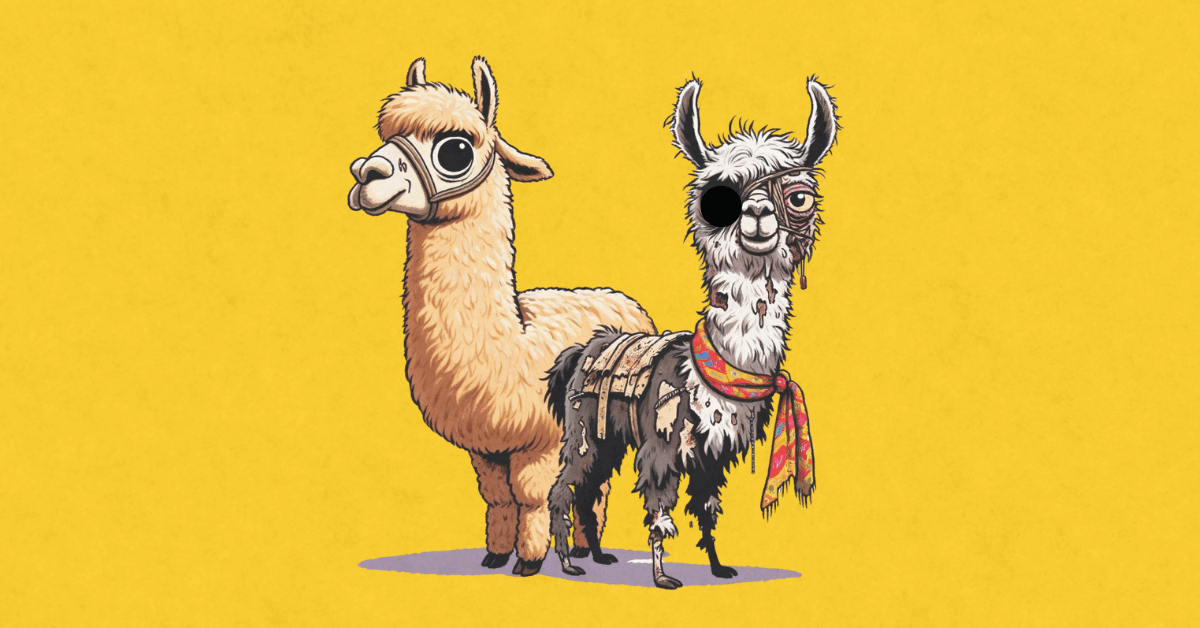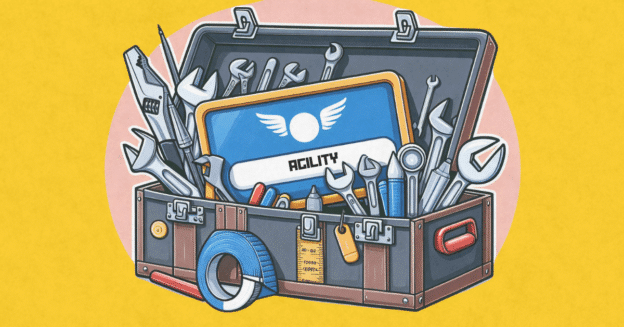As Scrum and Agile Principles continue to integrate into more and more businesses, practitioners often have practical questions about how roles such as Product Owner fit into the existing organizational chart. So who do Product Owners report to in Scrum?
In Scrum, the Product Owner is directly accountable to their stakeholders and typically reports to the person that is responsible for the product and controls the budget. This can include the CEO, a Product Manager, a Vice President, or others, but ideally, this person will not have a strong impact on the PO’s day-to-day work and autonomy.
Because Scrum is simply a framework, the application of its principles will vary from organization to organization. Let’s look at some theory behind who the Product Owner reports to and what it looks like in practice within small, medium, and large companies.

Who should manage the Product Owner?
One of the most important aspects of Scrum is that it provides a framework for doing work better without giving prescriptive instructions on doing so.
Unfortunately, this lack of instruction can be frustrating for leaders and organizations that want to gain the benefits of Scrum but aren’t sure how to integrate it into their current workflow and organizational structure.
Ultimately, the Product Owner should report to the person within the organization that is most closely tied to the success (and often the budget) of the product at hand as they are often the primary stakeholder.
What we’ve seen time and time again, however, is that it isn’t always easy to determine who this person should be in practice because, in most organizations, information moves up and down the chain of command rather than across teams.
What’s worse, traditional hierarchical structures can often conflict with the need for the Product Owner to make decisions about what is important and what should be prioritized next. Restricting this freedom leads to an organization that thinks and says they are ‘doing Scrum’ but aren’t actually following the underlying principles to make it work.
This leads us to the next idea: an organization must embrace an Agile transformation entirely to ensure that the proper organization structure is in place to meet the needs of the Scrum framework.
Scrum doesn’t replace the hierarchy of an organization
Because Scrum simply says that the Product Owner is accountable to their stakeholders, both new startups and established companies often struggle with determining who the Product Owner should report to and how they should fit within their existing structure.
Importantly, the Scrum framework and the Scrum team structure cannot totally replace the existing hierarchy of the organization implementing it. Rather, it must integrate itself into the organization so that it can work as intended.
In a typical hierarchical organization structure, it is apparent who should report to who and which managers are responsible for which employees. Typically, this is visualized as a pyramid with the CEO at the top and the employees at the bottom.
While this structure is beneficial for improving efficiency, it is not always the most effective way to organize a business for product management and innovation.
When implemented effectively, Scrum empowers organizations to make faster decisions closer to the team level because it allows for the fact that a network-based organization can move much faster than a hierarchical organization.
Dr. John Kotter provides an excellent example of this in his book Accelerate, where he describes a ‘dual operating model that allows organizations to deploy a more network-like structure on top of their traditional hierarchy, allowing them to capitalize on the strengths of both systems.
Organizations that employ this type of structure can share information and make decisions faster – both of these ideas are crucial for a Product Owner’s role within the company.
Scrum@Scale, a Scaling framework for Scrum, operationalizes Kotter’s dual operating model and gives structure for organizations that are applying Scrum across multiple teams. It is worth looking into and learning how it sets up a framework for Product Owner Leadership through the Executive Metascrum Forum.
The person a Product Owner reports to shouldn’t impact their daily life
We’ve just discussed that the Product Owner benefits from an organizational hierarchy that empowers its teams to make rapid decisions and supports their ability to be autonomous leaders of their particular team.
No matter how autonomy is given to the Product Owner, the net result should always be that the person a Product Owner reports to shouldn’t make a huge impact in their daily work life.
Product Owners (and their Scrum teams) tend to benefit when they aren’t tightly controlled by management. Of course, there are exceptions, and yes, everyone has to report to someone. Still, the Product Owner and organization can often achieve greater success with the increased agility that these dual-operating systems provide.

Who the Product Owner Reports to in practice
With a bit of theory out of the way, let’s see how this looks in practice.
Typically, a company’s size and organizational hierarchy will determine who the Product Owner reports to in practice. In small companies, they tend to report to the C-suite directly, and in larger companies, there tend to be more layers of functional management.
Let’s take a look at each one.
Product Owner management in small companies and startups
There are typically few employees in a small company or startup, and everyone is wearing multiple hats. In the smallest companies, the Product Owner might even be the CEO herself!
Here are the most common job titles for a Product Owner to report to in a small company or startup:
- Directly to the CEO
- Chief Product Owner or other C-suite
- Head of Product
Product Owner management in medium companies
In a medium-sized company, Product Owners will likely find a few additional layers of management that put space between their product and the executive team.
The most common job titles for a Product Owner to report to in a medium company are:
- Chief Product Owner or other C-suite
- Head of a business unit
- Director of Product Owners
- Director of Innovation
- Product Manager
Product Owner management in large companies
There are often thousands of employees engaged with hundreds of separate projects in a large company, with layers of management spread throughout the company. At this scale, Product Owners are often dealing with individuals put in place specifically to manage multiple projects and teams.
- Product Managers
- Product Leads
- Operations Director
- Vice Presidents

Final Thoughts
Remember that even the best Product Owner will have a difficult time succeeding within an organization that does not support her ability to make decisions for her team in the best interest of the customers and stakeholders.
More important than who a Product Owner reports to is what type of structure the organization employs and whether or not it promotes the easy exchange of information and agility.






















